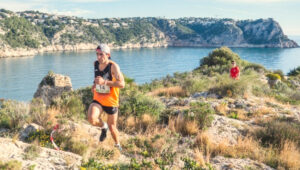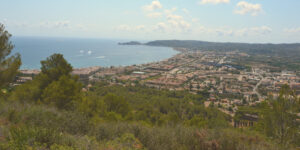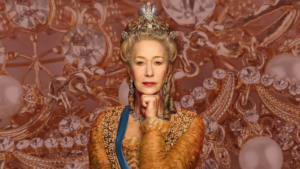Memories of the castle of San Martín de Xàbia through art
Art historian David Gutiérrez takes a look at the drawings and paintings that are the only reminder of a castle that once stood above the beach of the Arenal.
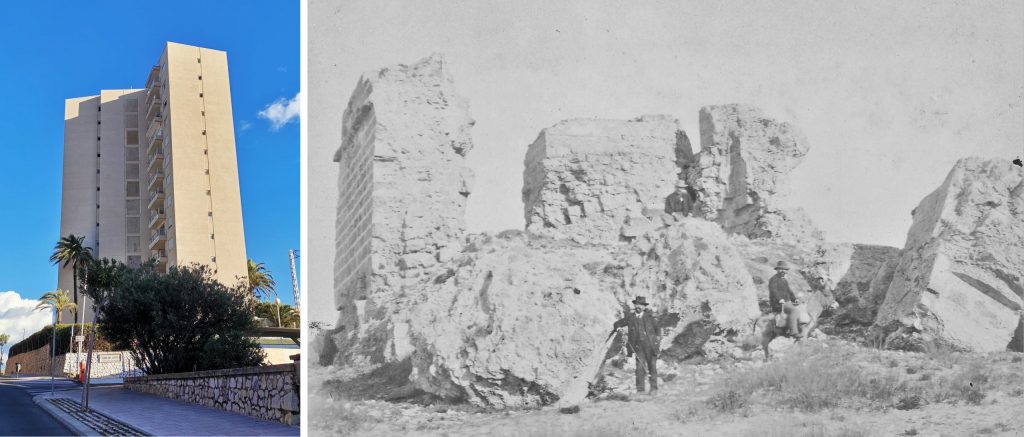
El Castillo Apartments in El Arenal / Ruins of the Castillo de San Martín, early 20th century (Xàbia Municipal Archive, Chorro Fund)
Tuesday 7th December 2021 – DAVID GUTIÉRREZ PALIDO with Mike Smith
In Playa del Arenal, above the restaurants, villas and urbanizations that have been built with more or less uniform height, the only high-rise apartment block called “El Castillo” stands out above all of them. I am convinced that many locals know well the origin of this name, but many others and the new generations still do not know the reason for its title.
The name of El Castillo comes from the existence of the ruins of an old castle that existed in this same location, the so-called Castillo de San Martín, a fortification that was built around 1560, although the historian Roque Chabás suggested that it may have been built much earlier in 1424.
According to some descriptions of the 16th and 18th centuries and the interpretation offered by José Antonio Pérez Martínez in a 2019 article in the Llibre Foguerer, the castle had a square plan with corner towers and was built with carved ashlars. The destruction of the castle occurred in August 1812 during the Spanish War of Independence and its ruins remained until the 1960s, when the land was acquired to build the apartment block until it completely disappeared. The only thing that was saved from that fort were two of its cannons that today are located at the foot of the church of San Bartolomé de Xàbia [1].
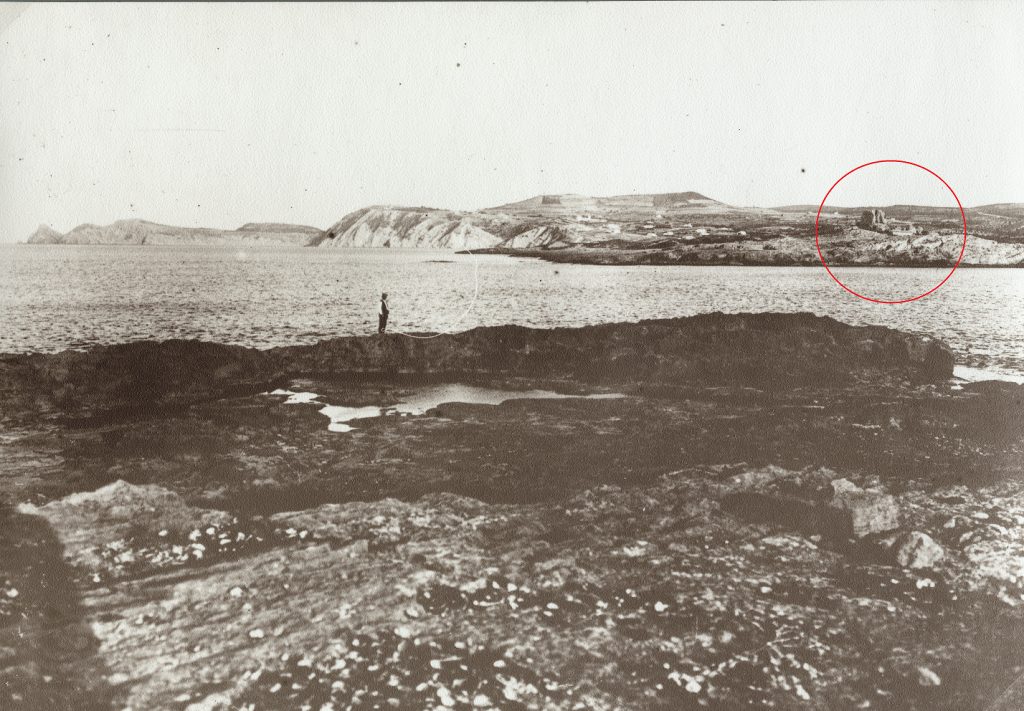
The only way to remember this missing monument is not only through old photographs but also through the paintings, watercolors or lithographs made by some artists who were in Xàbia. We know that the painter Joaquín Sorolla (1863-1923) knew these ruins perfectly and, although he did not paint them, he did paint a view of the beach, the Arenal point and the rocky landscape on the horizon.
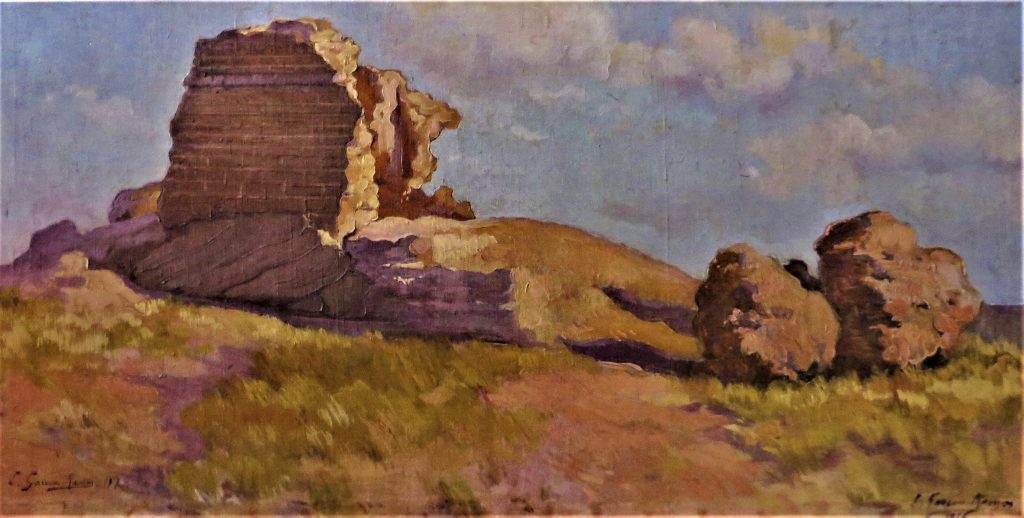
Later, between the years of 1913 and 1920, the painter Leopoldo García Ramón (1876-1958) spent long periods in Xàbia. After completing his training in Valencia, he went to Paris where he was able to see Joaquín Sorolla’s paintings of Xàbia in his first solo exhibition in 1906. Perhaps, the beauty of Sorolla’s paintings made him return to Valencia and from there, travel to Xàbia to capture the landscapes and the people of the place. Within García Ramón’s extensive production, there is a canvas under the title Ruinas del castillo de San Martín. Xàbia (43 x 88 cm) and painted in 1916. In a simple and colorful way, García Ramón reflects the ruins on a mound and part of the canvas of ashlars that were still standing.
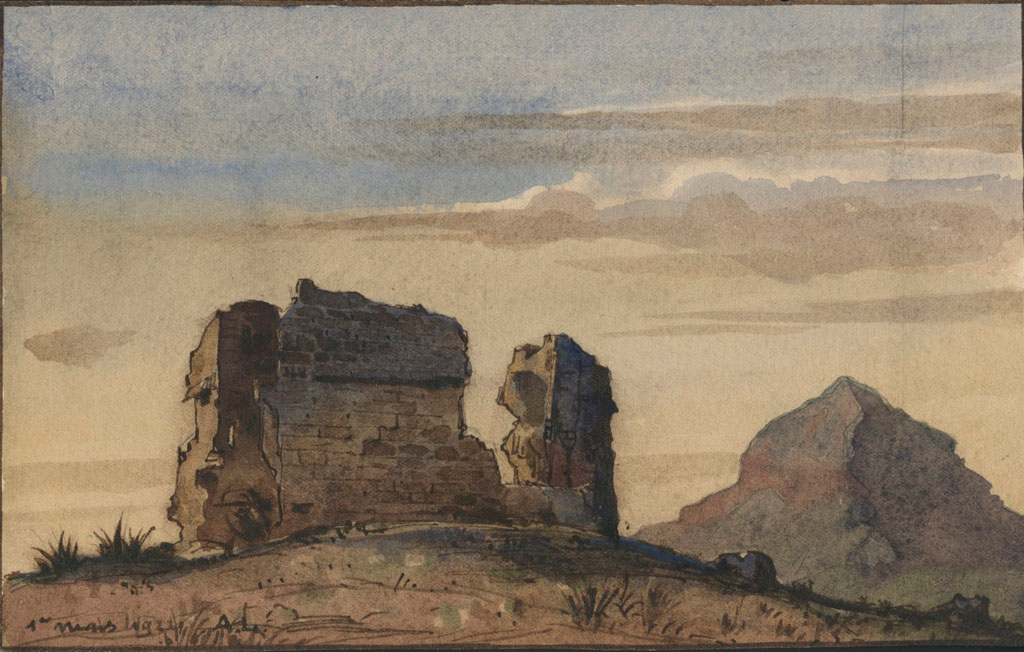
Once García Ramón’s stays were over, the Lambert family arrived on these shores. Although André-Louis Lambert Perret visited earlier and began to study popular architecture in Xàbia, it was not until 1920 when his son, André Lambert Jordán, decided to buy a plot of land and an old country house that he restored and expanded to follow his activity as an illustrator. The Lamberts, father and son, within the numerous landscapes that they reflected of Xàbia through drawings, lithographs or watercolors, also captured the stamp of the state in which the ruins of the castle of San Martín were found.
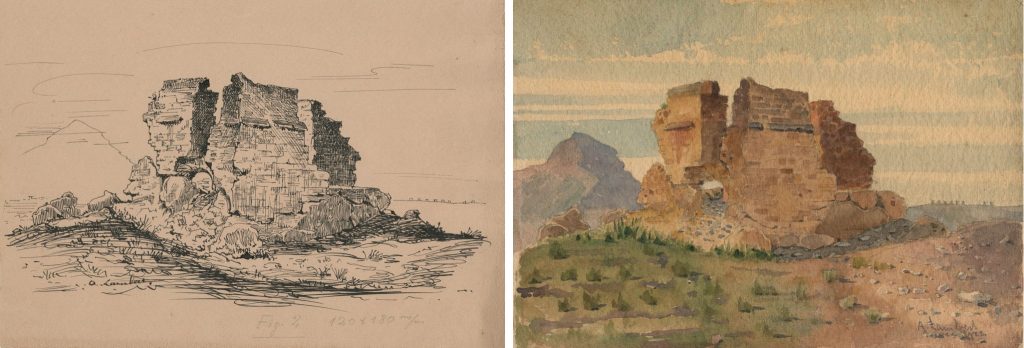
In 1922, Lambert Perret (1851-1929) painted a small watercolor in shades of brown and blue, showing in the foreground the parts of the castle that were still standing, while in the background the Montgó can be seen. That same year, he also made an ink drawing with another perspective of the castle’s visible remains and later, this same drawing will serve as the basis for a beautiful watercolor with the ruins in the centre while on the horizon it is appreciated, in more light tints, the Montgó and the mills of Las Planas.

A few years later, in 1934, A. Lambert Jordán (1888-1967), captured with his watercolors (using only black tints) a new view of the castle ruins, also with the Montgó in the background. The curious thing about this watercolor is that the point of view is very similar to the one that his father painted a few years before, but with the difference that the remains of one of the castle walls has disappeared, surely fallen as a result of its deterioration.
It is a pity that the 1984 Heritage Law did not arrive in due time to have preserved or integrated part of these walls as a reminder of a fortress that existed in Xàbia. Perhaps, at least, a panel could be shown in the same place telling its story with those images from the past that would preserve a memory that time has erased.
[1] PÉREZ MARTÍNEZ, Antonio: “El Castell de Sant Martí o de la Fontana” en Fogueres. Xàbia, 2019, pp. 106-109.


